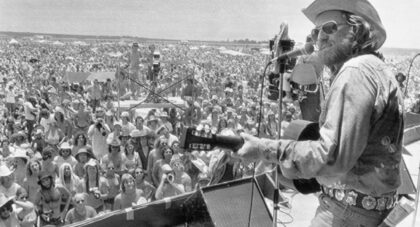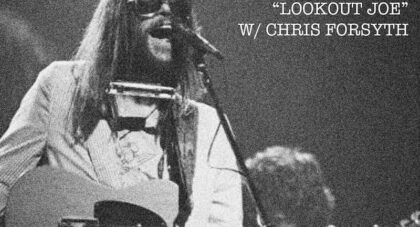(welcome to ‘blanks and postage’ — author jesse jarnow’s monthly column for aquarium drunkard highlighting the heady, askew…and beyond . . .
Only the good shit. Aquarium Drunkard is powered by its patrons. Keep the servers humming and help us continue doing it by pledging your support.
To continue reading, become a member or log in.


